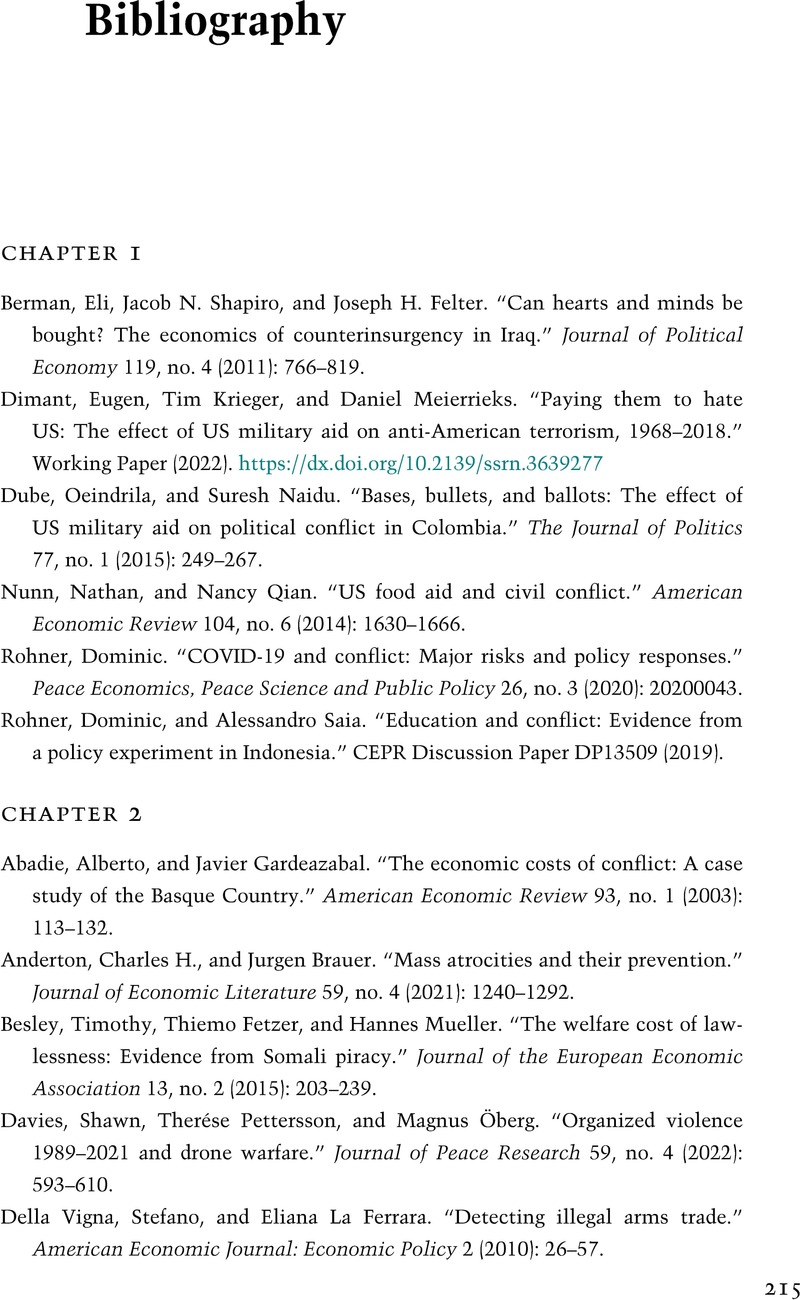Bibliography
Published online by Cambridge University Press: 31 August 2024
Summary

- Type
- Chapter
- Information
- The Peace FormulaVoice, Work and Warranties, Not Violence, pp. 215 - 225Publisher: Cambridge University PressPrint publication year: 2024

